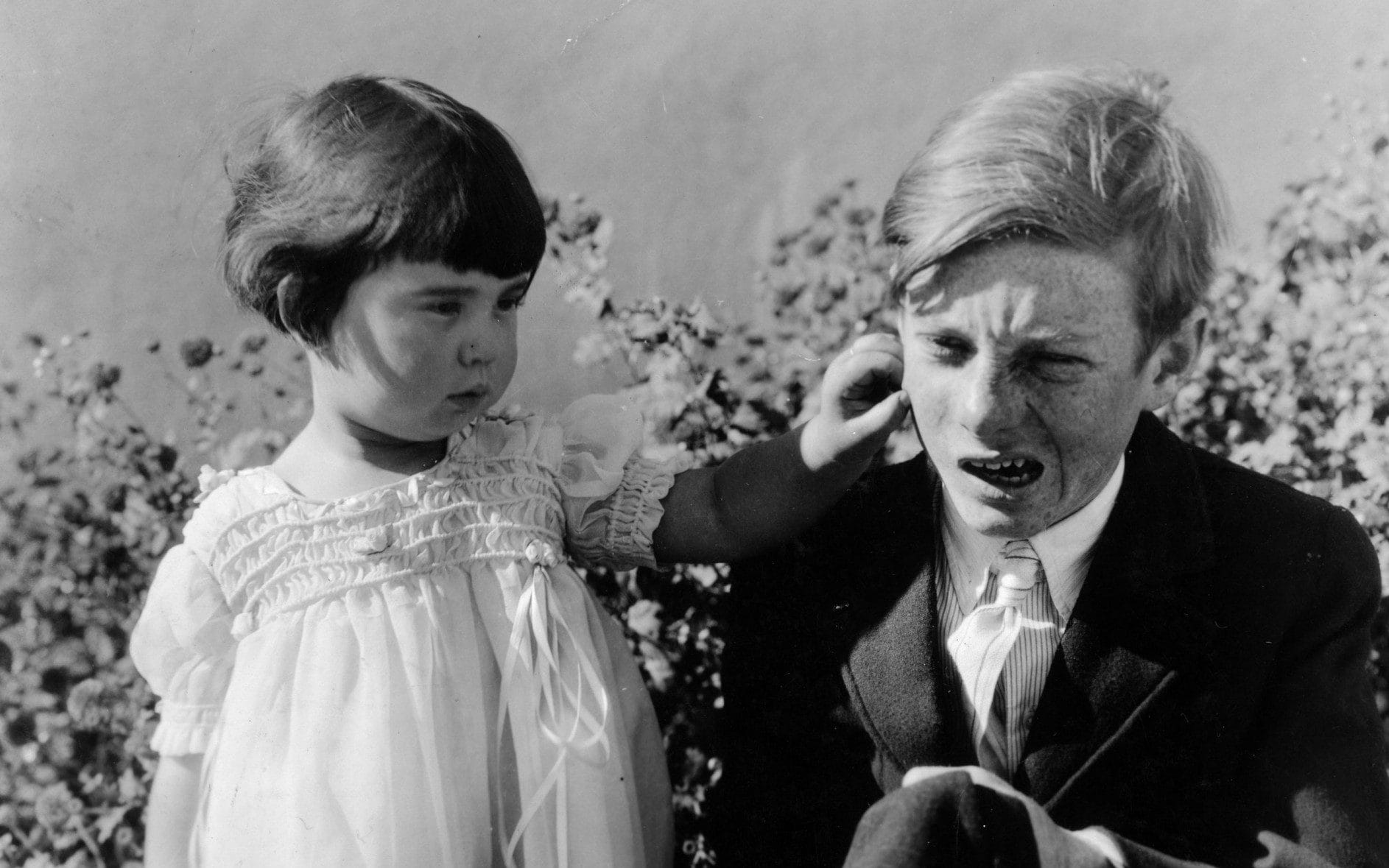
The Wisconsin Center for Film and Theater Research has a number of archival collection that contains documentation from the blacklist era. These collections include the papers of Alvah Bessie, a member of the Hollywood Ten who was blacklisted for refusing to testify before the House Committee on Un-American Activities. Alvah’s papers record his writing career, as well his relationship with Veterans of Abraham Lincoln Brigade. Bruce Rubenstein Collection provides additional documentation on Bessie's relationship and affiliation with Veterans of Abraham Lincoln Brigade.
Viva Zapata
The 1950s saw the release of several political films based on real events. A Streetcar Named Desire. Both received critical acclaim. But there was a lack in respect for this Mexican revolutionary. The film was not blacklisted in Hollywood despite the fact that Elia Kazan spent most of 1951 in Mexico as its director. Rotten Tomatoes gave it a rating of 6.2/10. This is higher than average.
While this film is based on a true story, the story echoes Steinbeck's The Grapes of Wrath, which inspired it. John Steinbeck's screenplay was inspired from the real story of Emiliano Zapata, a Mexican Revolution leader. The novel was a success and was eventually made into a film. Steinbeck's nonfiction writing continued after Viva Zapata!. But, his best screenplays have been set in Mexico. Steinbeck's contributions remained influential in the film industry even after Viva Zapata became blacklisted in Hollywood.
Man on a Tightrope
"Man on a Tightrope In Hollywood" is an anti-Communist movie from 1953. It demonstrates that the Communist economic philosophy, which is based on the belief one person is more important than another, can only lead towards disaster. This film shows how dangerously unstable these policies can be, as one seasoned circus owner found out during the Great Purge. Stalin's policies regarding forced collectivization of repression were widely covered in the west. Elia Kazan, however, was treated in Hollywood as a criminal. This movie is almost personal to me.

The story of a circus performer balancing between artistic integrity and not upsetting authorities is the subject of another film, "Man on a Tightrope in Hollywood." Elia Kazan (the film's director) was unhappy with the film’s political intrusions and made his performance as personal and intimate as possible. Man on a Tightrope In Hollywood is a relic, but the film is still one that will be remembered.
The Waterfront
On the Waterfront, Elia Kazan's classic example of Method acting, is one of the most important films of the 1950s. The film explores the real-life mafia influence over a union of longshoremen. The film is often referred to as the Reality Subtext of Hollywood. Terry Malloy's scene has become a classic scene. Elia Kazan was the first Hollywood artist to testify in front of HUAC. His postwar films were critical towards the conservative demagoguery.
The Hollywood Red Scare reflected a time of increasing anticommunist sentiment. At the same time, the blacklist served as a tool for the government and film industry to discredit individuals who expressed political views and were critical American culture. It also influenced Hollywood's postwar culture which was a reflection of the paranoia at the time. Many of the entries on the blacklist were the result of rumours, and even a hint of suspicion could lead to the end of a career.
Mo'nique
Mo'nique, it's not secret, has been playing Hollywood since the beginning. It's unclear what exactly led to her clash with Black Hollywood producers. It is not clear if this was an innocent case. The star of the hit movie "Precious" won an Oscar for her role. Uncertain reasons remain for her disappearance. While her crass comedy style has won her many fans, it's still not clear how the blacklisting happened.

Actor Tyler Perry and Mo'Nique both called for an end to blacklisting in October. In a recent interview with The Hollywood Reporter, the actress claims that her ex-managers "blackballed" her after she won the Oscar for "Precious." Although Tyler Perry & Winfrey deny blacklisting Mo'Nique in their movies, the actress believes that she was unfairly targeted.
FAQ
Who is Hollywood’s most famous actor?
Tom Hanks holds record for the highest-paid actor. He earns a minimum of $25 million per movie. According to Celebrity Net Worth.
Will Smith came in second, earning $65 million over the course of four years for his work on Independence Day.
Tom Cruise comes in third. He made $60 million for Mission Impossible's Ethan Hunt role over five years.
Fourth place goes the Daniel Craig, with $50 million in four years of playing James Bond.
Fifth place goes to Leonardo DiCaprio, who earned $45 million over five years for starring in Titanic.
Sixth place goes to Brad Pitt, who earned $40 million over six years for portraying Steve McQueen in 12 Years a Slave.
Robert Downey Jr. lands in seventh place. He earned $35M over seven years to play Tony Stark/Iron Man for Iron Man.
Johnny Depp is eighth, having earned $30 million over eight seasons for his role as Captain Jack Sparrow in Pirates of the Caribbean.
Ninth place goes out to George Clooney who made $25 million over nine-years for his role as Matt Damon in Good Night and Good Luck.
Angelina Jolie comes in 10th. Her roles in Mr. & Mrs Smith, Tomb Raider, and Mr. & Mrs Smith earned her $20 million over 11 year.
Do I have the right to start my own distribution firm?
No. It is illegal to legally run a distribution business without being a distributor.
You can't distribute other peoples films but you have to adhere to certain rules.
You cannot charge different prices to different theaters. Additionally, fees cannot be charged to different customers.
It is also against the law to sell your services or products to other companies.
How much of the box-office revenue is spent on marketing budgets?
Marketing budgets typically account for between 20% and 40% of a film’s budget. This is because marketing plays a vital role in any film's success.
Without effective marketing, no one will be able to find out about your film. Without knowing about your film, no one wants to pay to see it.
What happens if my film does not perform well at the box-office?
If your film does not do well at the box office, there are many things that could happen.
You might first decide to modify the way you market your movie.
You may also choose to rework your script.
Third, you might decide to add new characters.
You might also decide to delete some characters.
Fifth, you may decide to trim scenes.
Sixth, you might decide that the film wasn't worth making.
Why is Hollywood so famous?
D.W. Griffith established the first film industry in California, 1887. It was named for Los Angeles, which was at the time called "Hollywood."
Because it was such a fascinating place, people kept coming back for more. People would come from all over just to see what was happening there.
Hollywood is still a big part of our culture. We have movies, television shows, music videos, commercials, etc. They are all called Hollywood.
Is Hollywood making more from international sales than domestic?
Yes, but not very much. In 2017, foreign revenues accounted for about 17% of total revenue. 83% of domestic revenues were generated in 2017.
In fact, overseas markets account for over half of the world's population.
This means that people who may never have the chance to see a movie at home might still be curious about your movie.
Statistics
- Women account for 51 percent of moviegoers. (en.wikipedia.org)
- At his encouragement, his sister Sarah Luke, brother-in-law Elisha Luke, with her mother, Azubah, took the Atlantic & Pacific Railroad from Ogden to Los Angeles in November 1885, according to Adrian Weekly Press, November 13, 1885. (en.wikipedia.org)
- In 2019, that percentage increased to 40 percent. (en.wikipedia.org)
- New York Times article stated that only 15% of the top films in 2013 had women in lead acting roles. (en.wikipedia.org)
- This reflected no change from 2011 and only a 1% increase from 1998."[116]"9% of all directors. (en.wikipedia.org)
External Links
How To
How to get your star on the Hollywood Walk of Fame
The Hollywood Chamber of Commerce founded the Hollywood Walk of Fame, HWOF (Hollywood Walk of Fame) in 1960. The HWOF's Los Angeles location is at 6233 Hollywood Boulevard. It has 2,711 stars embedded in the Hollywood Boulevard sidewalk. Each star represents someone who contributed to motion pictures, television, radio, theater, music, or some aspect of popular culture. There are currently 1,922 living persons listed on the HWOF.
To become a member of HWOF you will need to submit your name at the Hollywood Chamber of Commerce. This submits your name then to the City of Los Angeles Department of Cultural Affairs. After being approved, you will be issued a certificate stating your name, date and place of birth. It also includes information about your occupation, occupation and category. You also receive a bronze plaque with your name engraved on it. This plaque is attached on a concrete base at the star.
If you were nominated by an HWOF member, or if there are significant contributions made to the entertainment, film, radio, theatre, and music industries, you may be eligible for a "star" award. A committee reviews the nominations and determines whether they should be approved. If they do, they send a letter to the applicant's home address explaining their decision. If the person accepts, they will be sent a second letter to confirm their acceptance. The Hollywood Chamber of Commerce then charges $25 and forwards the money on to the City of Los Angles Department of Cultural Affairs.
The department issues the Hollywood Chamber of commerce a check, payable to it. The check is sent to the Hollywood Walk of Fame Foundation. The foundation pays any artist or organization that submitted an application. The Hollywood Chamber of Commerce pays half of the $12.50 fee to the artist or organization. The City of Los Angeles Department of Cultural Affairs pays the remainder.
Once an artist has received their star, he/she is eligible to be listed in the HWOF. To be included in the HWOF, your balance must be paid to the Hollywood Chamber of Commerce. The amount due will depend on when you were first nominated. If you were first honoured in 1990, then you would owe $15,000. You'd owe $10,000 if you were previously nominated in 1990.
You will need to contact Hollywood Chamber of Commerce in order to be removed from the HWOF. They will remove the name of your from the list.
How old do you have to be in order to receive a star on HWOF?
One needs to be at least 18 years old when being nominated. To be eligible for a star, you must still be alive. A star can be renominated after 10 years.
What happens if I die before my star gets put up?
Family members may nominate you to be a star. The Hollywood Chamber of Commerce will place an honorary marker in front of the star if there are no living relatives.
Why can't people choose to use a different street than having stars all over the place?
The HWOF isn't meant to be an historical monument. It is meant to honor those who contributed to film history.
What happened the star thefts? The thieves stole around 1,200 stars. Each star is approximately 250-300 lbs in weight. That's about 4 tons of stars!